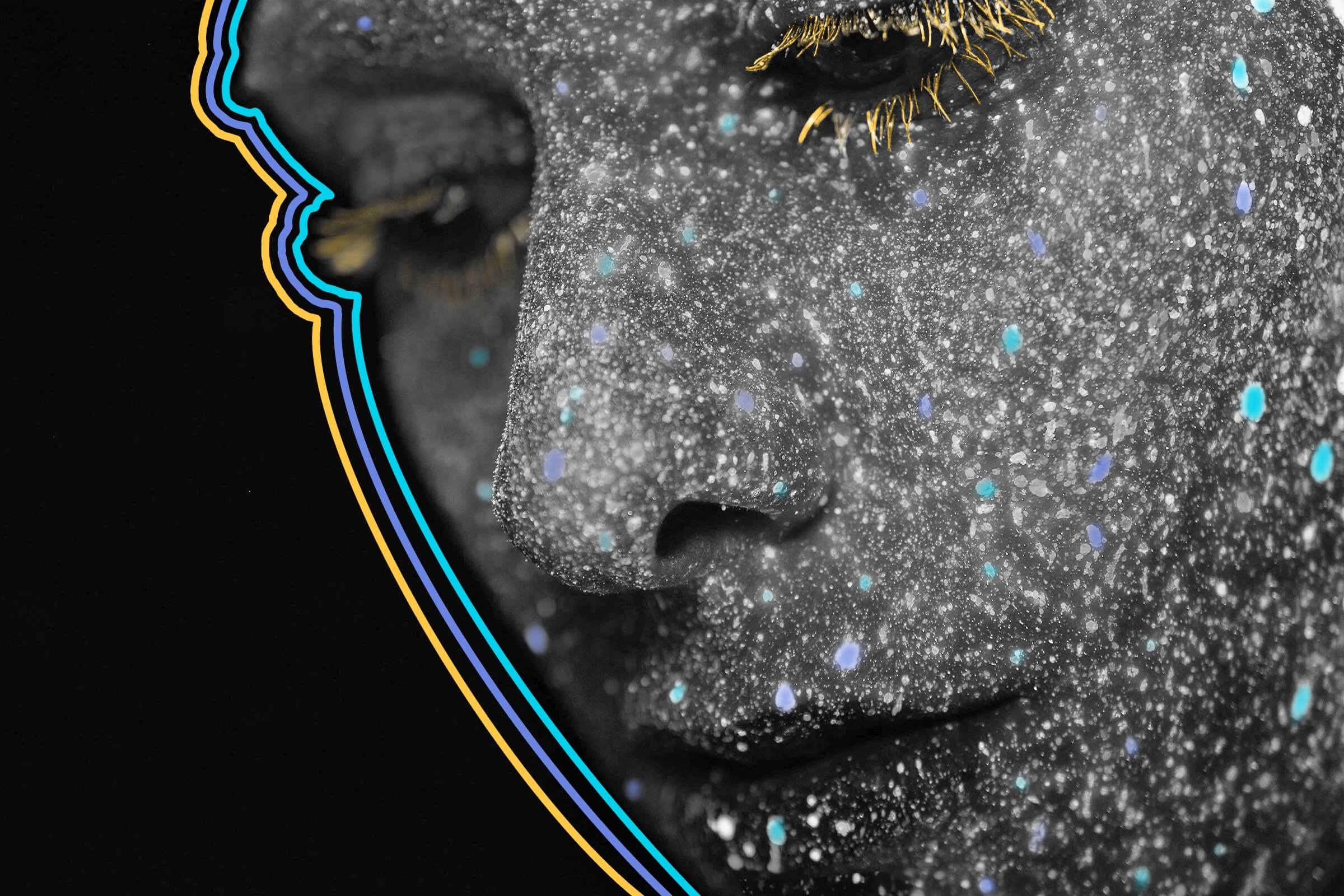
Humans actually glow.
Bioluminescence, the strange biology that causes certain creatures to glow, is usually found at the darkest depths of the ocean where the sun’s light doesn’t reach. While these light-emitting animals seem otherworldly, the trait is actually pretty common — in fact, you’re probably glowing right now.
According to researchers at Tohoku Institute of Technology in Japan, humans have their own bioluminescence, but at levels 1,000 times less than our eyes can detect. This subtle human light show, viewable thanks to ultra-sensitive cameras, is tied to our metabolism. Free radicals produced as part of our cell respiration interact with lipids and proteins in our bodies, and if they come in contact with a fluorescent chemical compound known as fluorophores, they can produce photons of light. This glow is mostly concentrated around our cheeks, forehead, and neck, and most common during the early afternoon hours, when our metabolism is at its busiest. At such a low level, human bioluminescence likely isn’t an intentional product of evolution as it is for deep-sea fish, fireflies, and many other animals. And most other bioluminescent creatures rely on a compound called luciferin (Latin for “light bringer”) — which humans lack — for their light show. Fortunately, we have unique ways of making light that are all our own.
German merchant Hennig Brand was a dedicated believer in alchemy, a pseudoscience that thought certain elements could be transmuted into gold using what was called a philosopher’s stone. In 1669, Brand focused his attention on turning distilled crystals from human urine into the precious stone. After stockpiling 1,200 fermented gallons of the stuff, he began boiling it. The astonishing result was a white, waxy residue that glowed in the dark, which Brand called phosphorus (Greek for “light bringer,” the equivalent of “lucifer”), and which more fearful folk called the “Devil’s Element.” Brand’s moment of discovery was immortalized in Joseph Wright of Derby’s painting “The Alchymist.” The discovery sparked a new era of chemistry and was one of the first new elements discovered by modern science. Brand never found his philosopher’s stone, but phosphorus wasn’t a bad consolation prize.

